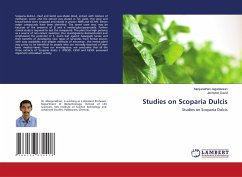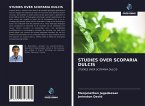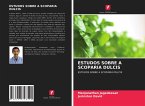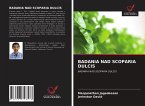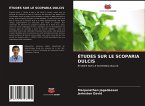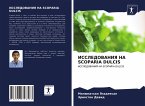Scoparia dulcis L. (leaf and stem) was shade dried, extract with mixture of methanol, water and the extract was eluted in TLC plate. Five clear and broad bands were scrapped and eluted in proton NMR and GC-MS. Eleven major compounds have been identified. The sweet taste was, may be because of the presence of beta and methyl glucopyranoside. Further clinical study is required to test the compound. The plant has high potency as a source of non-caloric sweetner. Our investigations demonstrated and emphasized the potential of S. dulcis leaf against Aeaegypti larvae and their benefits of developing new types of larvicides from herbal source; with easy availability and simpler methods of extraction, this herbal plant may prove to be beneficial to people who are normally deprived of their basic medical needs. From our investigation, we concluded that all the three extracts of Scoparia dulcis L. (PEESD, CESD and EESD) possessed important antioxidant activity.
Hinweis: Dieser Artikel kann nur an eine deutsche Lieferadresse ausgeliefert werden.
Hinweis: Dieser Artikel kann nur an eine deutsche Lieferadresse ausgeliefert werden.

